

- 54. 10 Useful Pieces of Advice for Teaching with LEARNING WORLD #9 & 10
- 55. “Happy New Year!” “I don’t say that.”
- 53. Halloween 2019
- 52. READY Workbook Pg. 17
- 51. English-Uplift 1-Day Seminars
- 50. READY Workbook - vocabulary copying activity
- 49. 10 Useful Pieces of Advice for Teaching with LEARNING WORLD #8
- 48. 10 Useful Pieces of Advice for Teaching with LEARNING WORLD #7
- 47. 10 Useful Pieces of Advice for Teaching with LEARNING WORLD #6
- 46. 10 Useful Pieces of Advice for Teaching with LEARNING WORLD #5
- 45. 10 Useful Pieces of Advice for Teaching with LEARNING WORLD #4
- 44. 10 Useful Pieces of Advice for Teaching with LEARNING WORLD #3
- Kindergarten aged students
- Lower Elementary-school aged students
- Upper Elementary-school aged students
- Junior High and older students
- Others
33. Springboard again! Of course!!!
My blog has been a little quiet of late… Every year after the summer vacation, preparation for the autumn workshop season starts. This involves important schedule negotiation with APRICOT, agenda-setting, videoing lessons and consolidating ideas. Very little is on my mind right now except workshop content… For sure I want to add thoughts and experiences to the blog, but in doing so I may unwittingly give workshop content away prematurely!!
In October and November I will be presenting at two Nellies’ Workshops; one in Osaka (Oct.15th) and the other in Tokyo (Nov.5th). The topic is: helping students to develop reading skills with the SPRINGBOARD Readers. I’ve given several presentations on this topic over the years, and there is a blog entry here as well.
https://www.apricot-plaza.co.jp/category/matthew/matthew-others?page=2
And for good reason. I’m still convinced SPRINGBOARD is the best material to help kids get started with reading, remain motivated to read, and generally feel success with reading.
The student in the video below is eight years old, and has been studying English for two years. Here she is reading “Molly Monster’s Party” from Level 4.
She’s quite good, don’t you think?
Now, what preparation did she do to get herself able to read this book?
Well, first of all she has read all the books in the earlier levels. Earlier exposure to most of the vocabulary in this story of course helped her. During her initial challenge of the book however she mispronounced the words “some” and “made”. And she appeared to not understand their meanings.
Look at the following photos for a visual understanding of how I helped her with “some”:
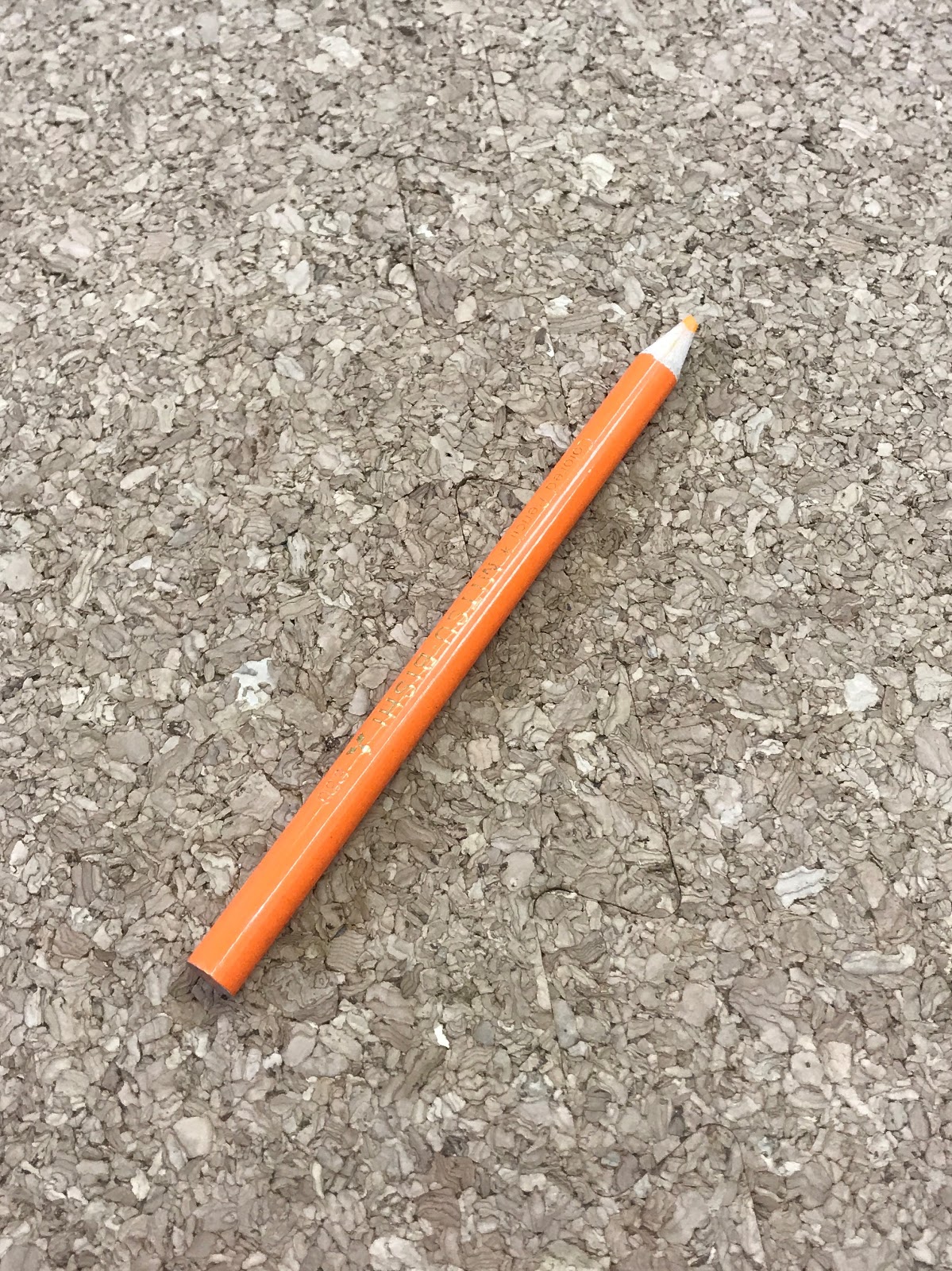
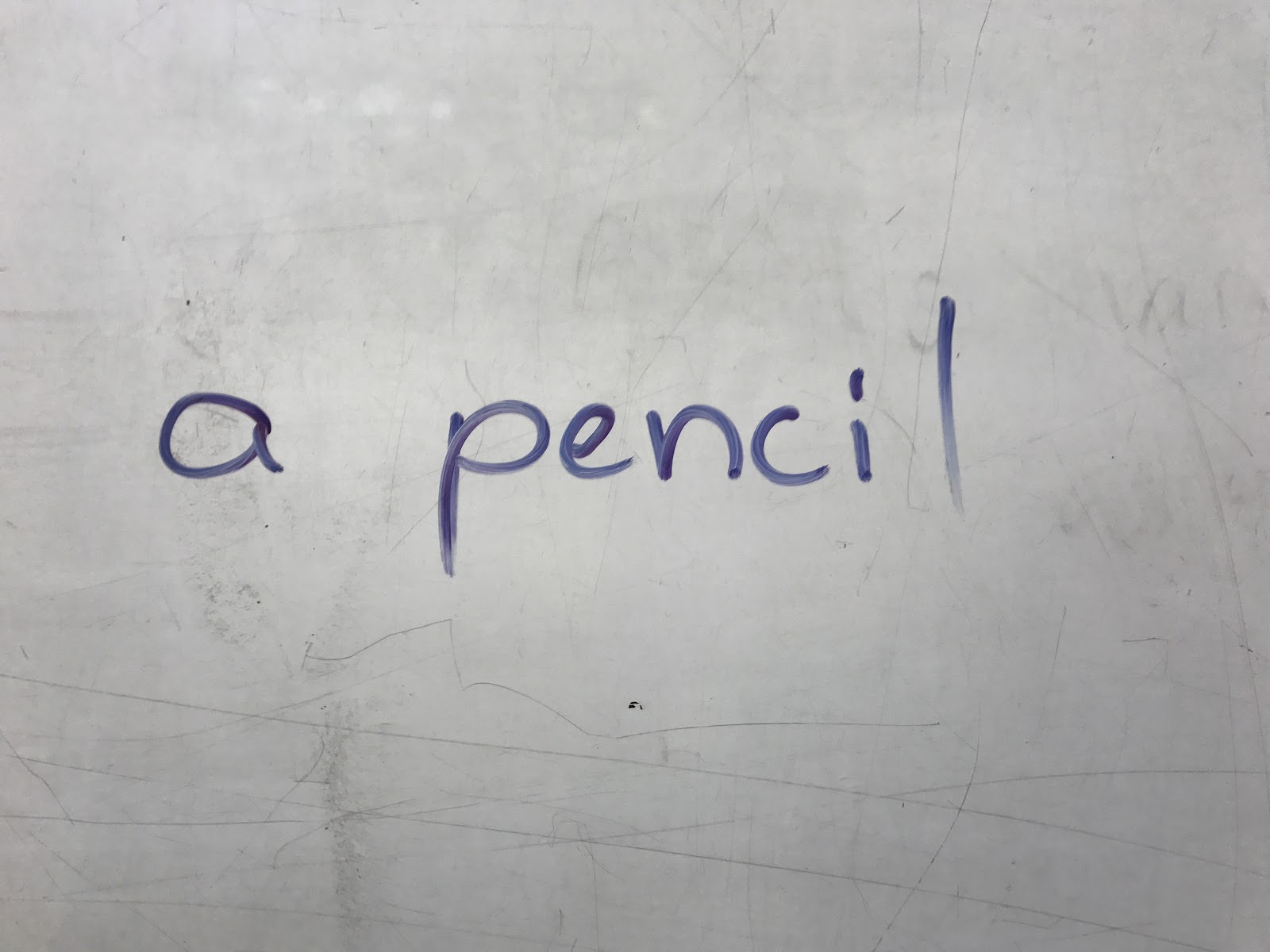
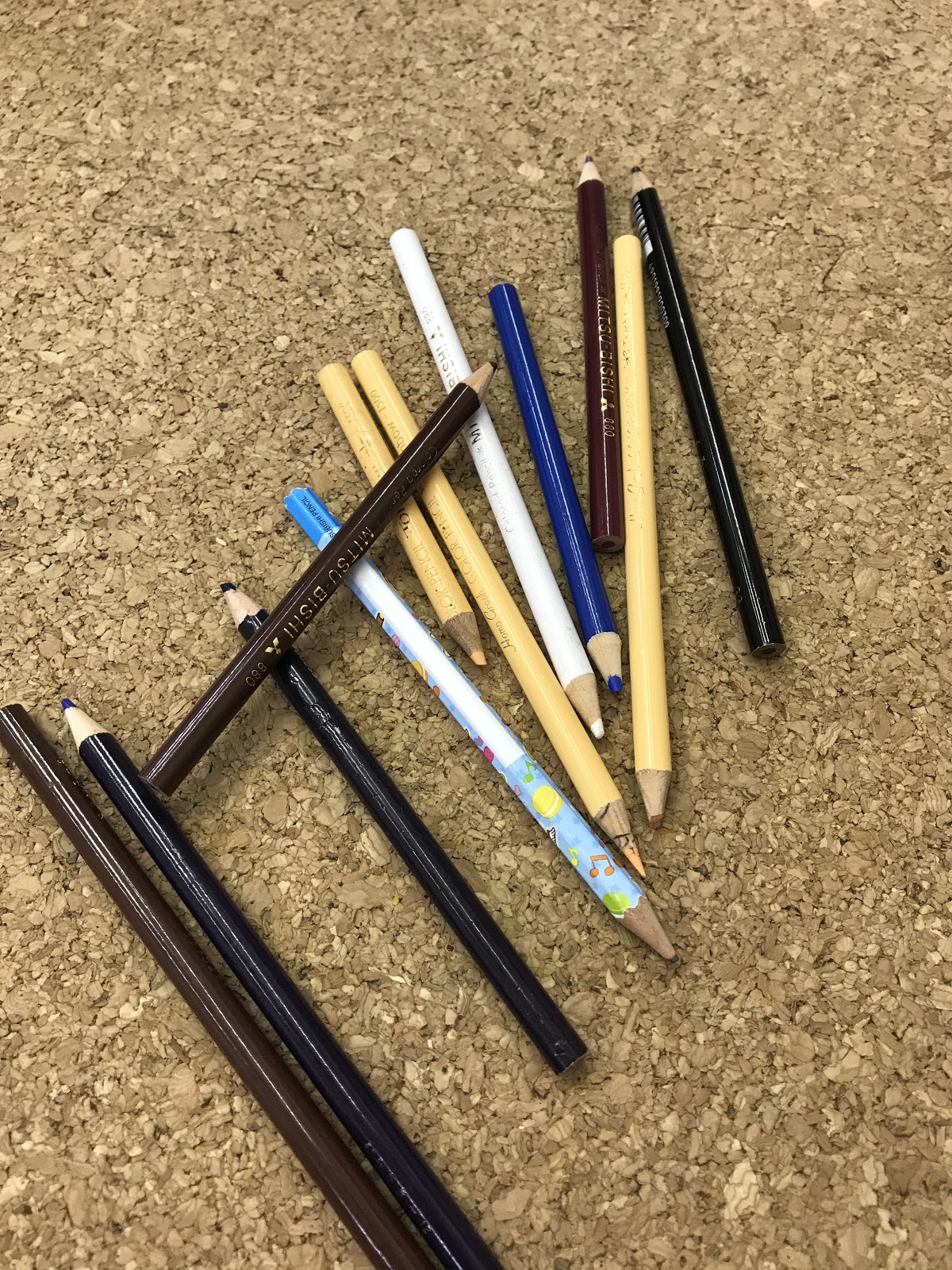
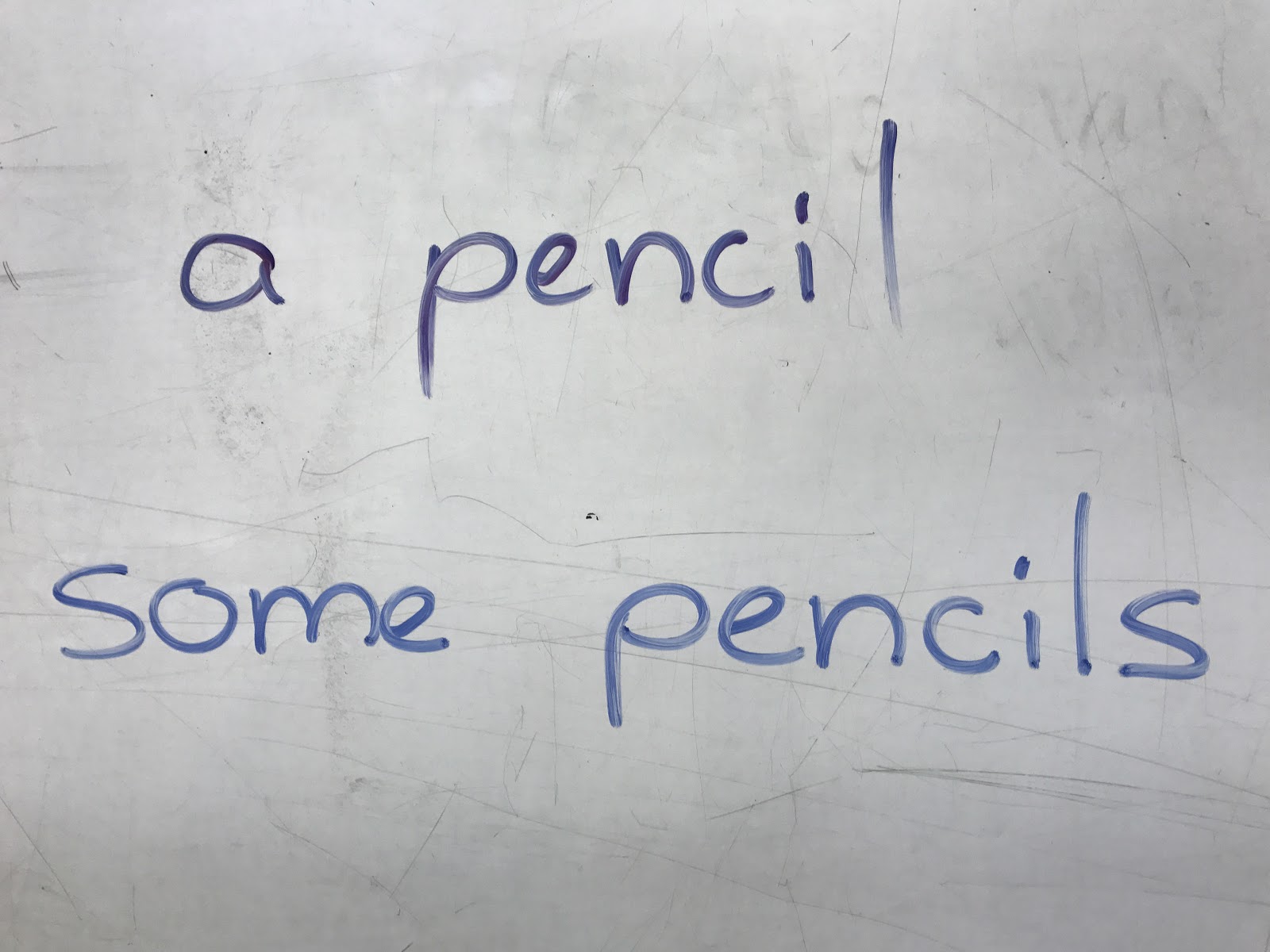
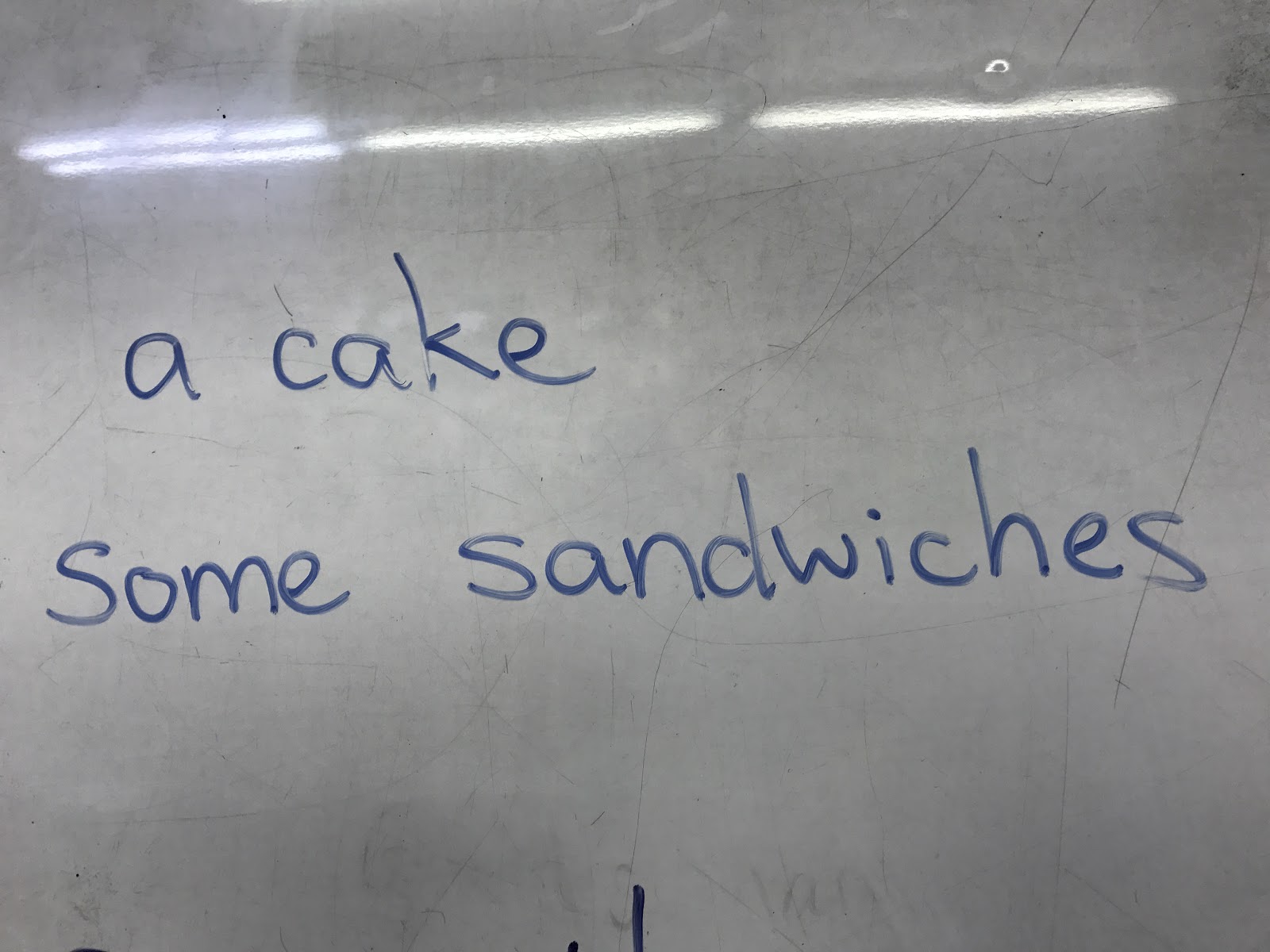
Look at the following photos for a visual understanding of how I helped her with “made”:
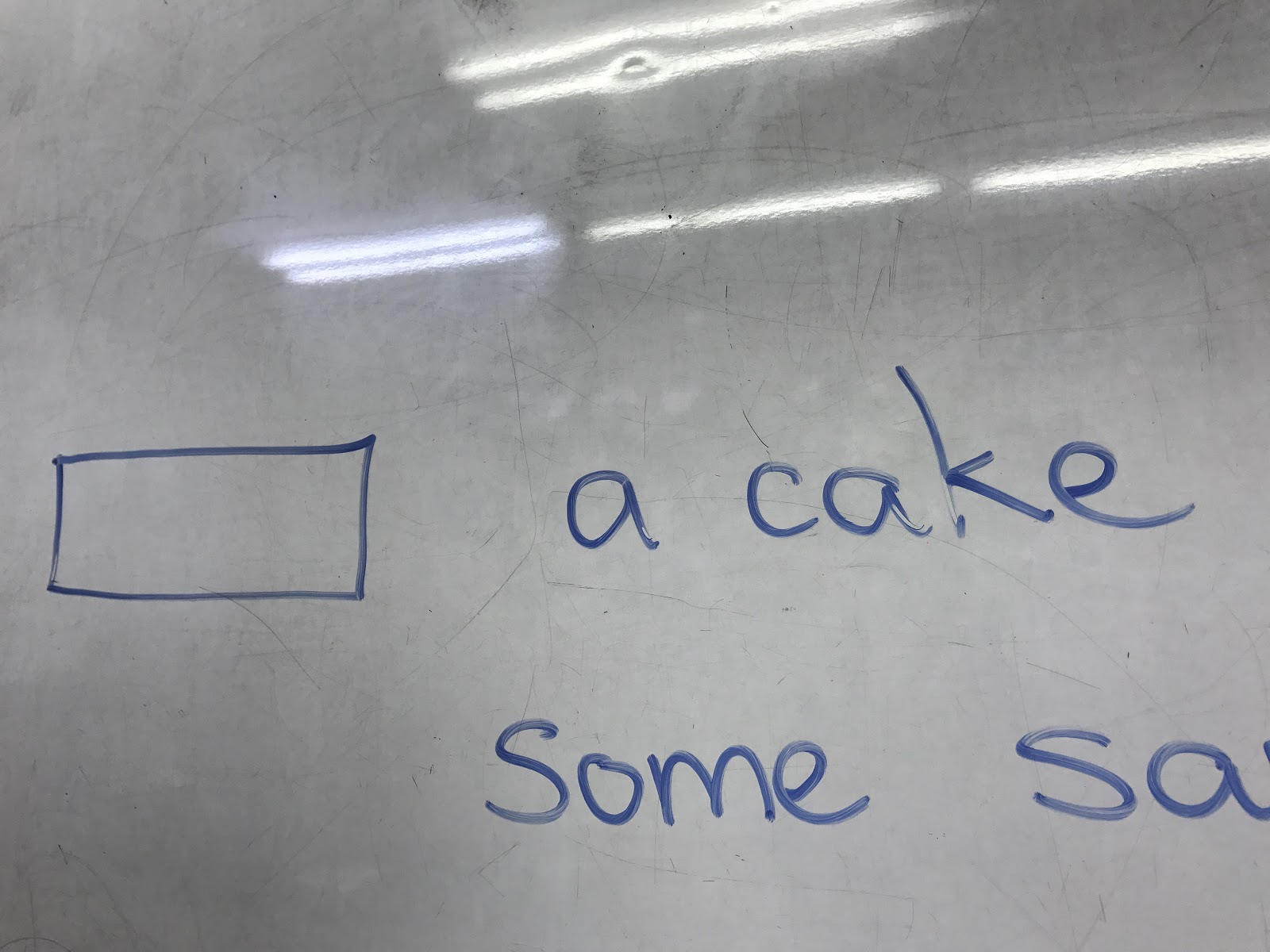
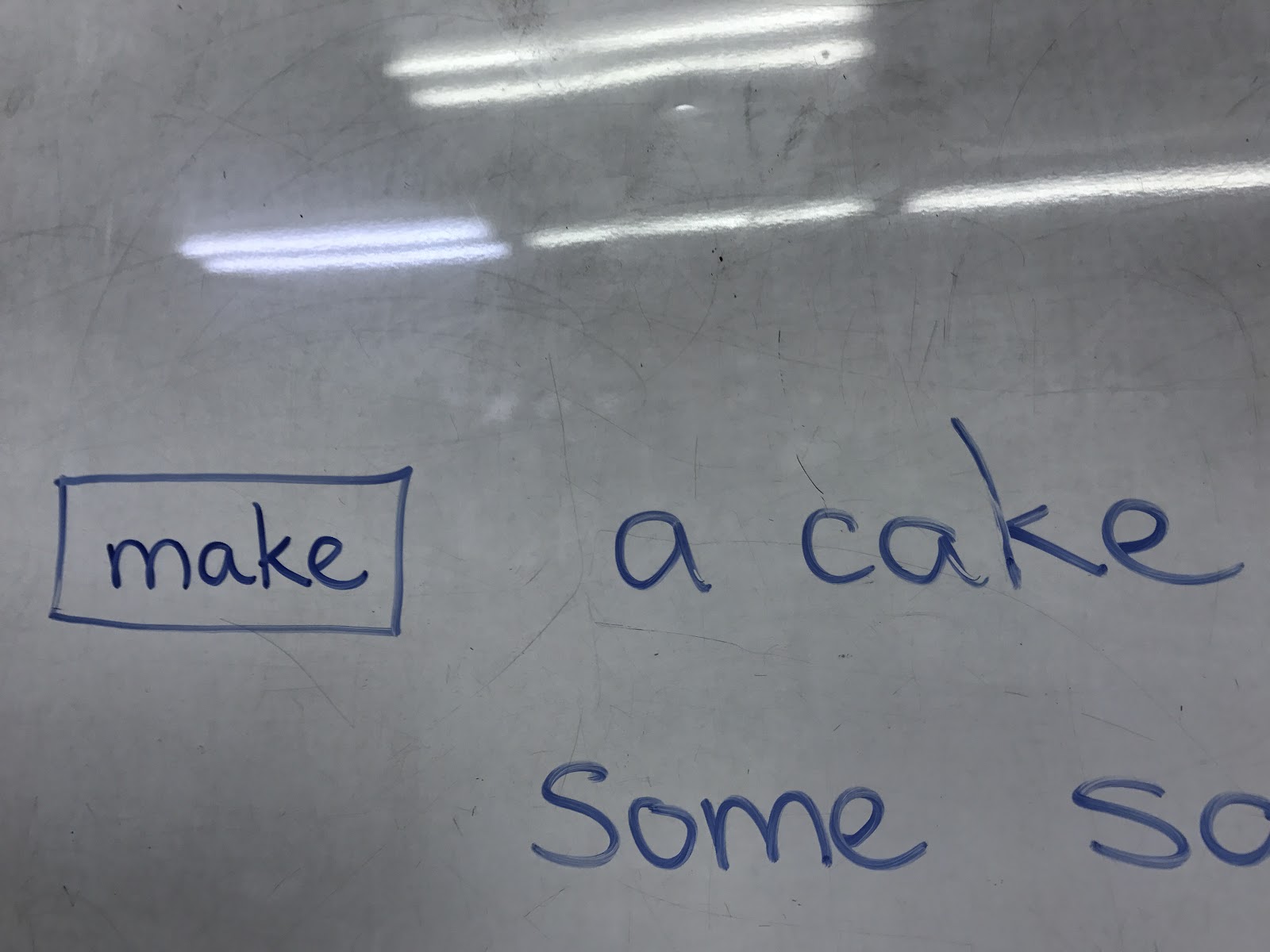
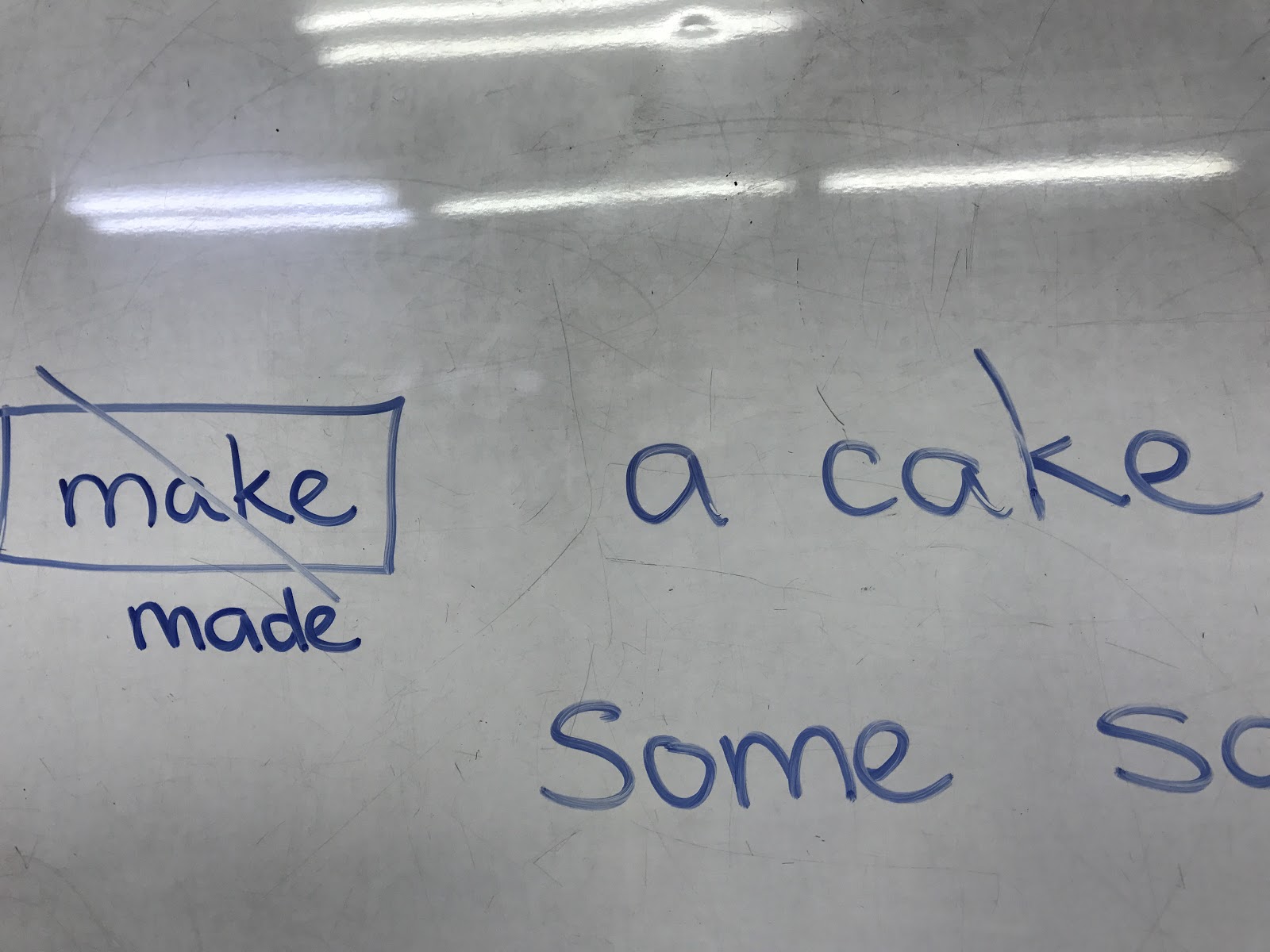
With past tense verbs, I always use the term “finished action”. When “make” is finished, we say “made”.
With this simple preparation, together with her other experiences within a structured reading program, she was able to read the book.
Hey, if you are in Osaka or Tokyo on those weekends, it would be great to see you there at the Nellie’s workshop!!




















